What is a Public Health Emergency
The Jersey County Health Department will be the lead community agency for all public health emergencies. Public health emergencies can include man-made disasters such as bioterrorism attacks, or naturally occurring large-scale outbreaks such as pandemic influenza, severe winter storms, flooding, tornadoes, and/or earthquakes. It is our goal to sustain basic public health standards when Jersey County is impacted by public health emergencies.
How We Will Respond
During a declared public health emergency, it may be necessary for Jersey County Health Department to dispense medications or supplies to the entire Jersey County population. During these events you will be provided instructions regarding how you will be expected to respond. Instructions will be provided via our website www.jerseycountyhealth.org or disseminated through WJBM Radio, Jersey County Journal, Jersey County Shopper, The Telegraph, Jersey Community Unit #100 Schools, Jersey County churches, and/or St. Louis television stations and social media.
Volunteer opportunities
Coming Soon
Get A Kit
If a disaster strikes you might not have access to food, water, or electricity for several days. You may think that you will have enough time to run to the grocery store, but stores quickly sell out of important supplies following emergency warnings. Unfortunately, about half of adults in the United States do not have the resources and plans in place for a possible emergency. Preparing emergency kits for your family is an important step in keeping them safe and healthy during a disaster. Pack an emergency supply kit. Here’s a few examples of what you’ll want to include:
Water – one gallon per person, per day (at least 3 days)
Food – foods that are easy to make and won’t spoil, like canned soup, dry pasta, and powdered milk (at least 3 days)
Manual can opener
Basic utensils to prepare and serve meals
3-day supply of all medicines, at a minimum
Medical supplies like syringes, a walking cane, or hearing aids with extra batteries
Soap
Toothbrush and toothpaste
Baby wipes
Contact lenses or glasses
First aid kit
Emergency blanket
Multipurpose tool (that can act as a knife, file, pliers, and screwdriver)
Whistle
Flashlight
Radio (battery-powered, solar, or hand-crank) for updates on the situation
Cell phone with chargers
Extra batteries
Copies of important documents such as insurance cards and immunization records
Paperwork about any serious or on-going medical condition
Your completed family emergency plan, complete with family and emergency contact information.
Extra cash
Maps of the area
Extra set of car keys and house keys
Baby supplies like bottles, formula, baby food, and diapers
Games and activities for children
Supplies for pets such as food, water, leash, and crate
Create A Family Disaster Plan
Meet with your family and discuss why you need to prepare for disaster. Many families already have an emergency plan for a house fire, so making an all-hazard plan will just add a few more details. Every member of the family will have a role during an emergency, so it is important to share ideas, responsibilities and work as a team when you create your plan.
Discuss the types of disasters that are most likely to happen. Explain what to do in each case.
Everyone in the family should know the address and phone number of the designated meeting place. Pick two places to meet: 1.Outside your home in the case of a sudden emergency, like a fire; and 2.Outside your neighborhood in case you can’t return home.
Pick an out-of-town or out-of-state friend to be your “family contact.” After a disaster, it is often easier to call long distance than to make a local call. All family members should call this person and tell them if they are safe, and where they are to help reduce panic during an emergency.
Discuss what to do in an evacuation and keep reference materials distributed by utilities and emergency managers with evacuation zones and routes in a designated area. Take some time to plan for your pets.
Complete This Checklist
Post emergency telephone numbers by phones (fire, police, ambulance, etc.).
Teach children how and when to call 911 or your local Emergency Medical Services number for emergency help.
Show each family member how and when to turn off the water, gas and electricity at the main switches. Keep water and gas keys in central location.
Teach each family member how to use the fire extinguisher (ABC type) and show them where it’s kept.
Install smoke and carbon monoxide detectors on each level of your home (especially near bedrooms) and remember to change the batteries twice a year.
Stock emergency supplies and assemble a Disaster Supplies Kit.
Take a Red Cross first aid and CPR class.
Determine the best escape routes from your home and mark them on a diagram in your family emergency kit. Find two ways out of each room.
Identify the safe spots in your home for each type of disaster. Practice and Maintain Your Plan
Quiz your kids every six months so they remember what to do.
Conduct fire and emergency evacuation drills.
Replace stored water every three months and stored food every six months.
Test and recharge your fire extinguisher(s) according to manufacturer’s instructions.
Test your smoke detectors monthly and change the batteries at least once a year. Utilities
Locate the main electric fuse box, water service main and natural gas main. Learn how and when to turn these utilities off. Teach all responsible family members. Keep necessary tools near gas and water shut-off valves.
Remember, turn off the utilities only if you suspect the lines are damaged or if you are instructed to do so. If you turn the gas off, you will need a professional to turn it back on.
Evacuation Planning If told to do so, evacuate immediately. Follow these tips when evacuating:
Listen to your battery-powered radio and follow the instructions of local emergency officials.
Wear protective clothing and sturdy shoes.
Take your family disaster supplies kit.
Lock your home.
Post a note telling others when you left and where you are going.
Use travel routes specified by local authorities–don’t use shortcuts because certain areas may be impassable or dangerous.
Shut off water, gas and electricity before leaving, if instructed to do so.
Make arrangements for your pets.
Make A Communication Plan
Your family may not be together if a disaster strikes, so it is important to think ahead and have a plan in place before a disaster strikes.
Stay Informed
Information will be provided via our website www.jerseycountyhealth.org and our Facebook page or disseminated through WJBM Radio, Jersey County Journal, Jersey County Shopper, The Telegraph, Jersey Community Unit #100 Schools, Jersey County churches, and/or St. Louis television stations. Learn about your community’s warning signals. Be able to recognize what the warning signals sound and look like and what you should do when you hear or see them. In addition to understanding HOW you will be informed of potential threats, you need to understand the terms that are used for weather threats.
A watch means that there is a high possibility that a weather emergency will occur. When a severe storm watch is issued for your area, continue to listen to the radio or television for updates and pay attention to visible weather changes around you.
A warning means that a weather emergency is already happening, or will happen soon. When you hear a warning, take immediate action.

